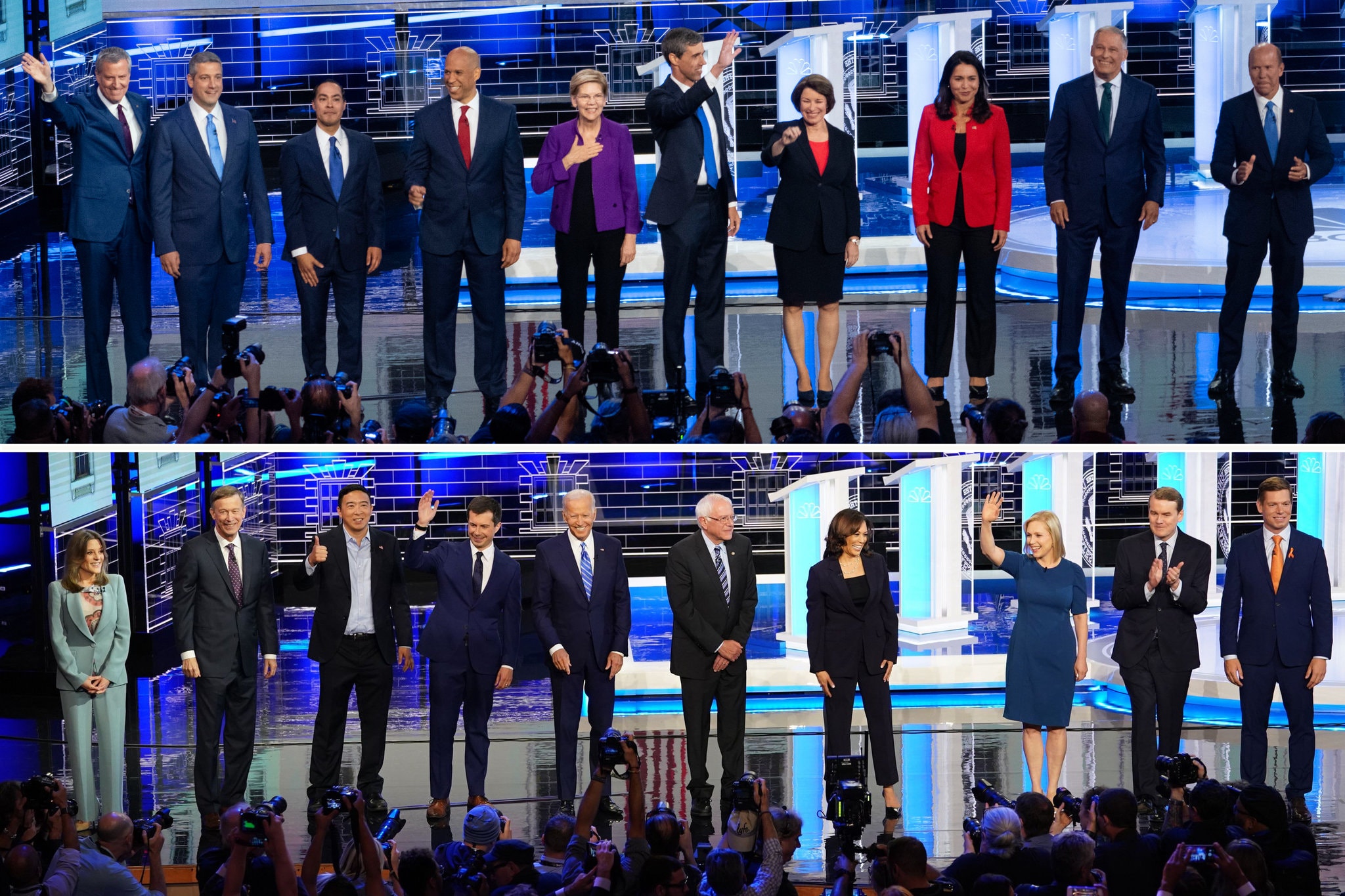What to Watch for in the Next Presidential Debates
On June 26th and 27th, we witnessed the first of twelve Democratic Primary Debates. Were you among the 15.3 Million viewers?
If so, you likely have opinions. Since televised presidential debates began in 1960 with the famous Nixon/Kennedy match, the role of nonverbal communication and presence have moved to the forefront of political leadership.
The debates run three hours long. This provides ample time to form, and re-form, opinions on the candidates’ ability to appear ‘Presidential’ (read: composed, confident and most importantly, in control). With statements and remarks flying this way and that, it can be a challenge to keep track of what each candidate answers to each question and rebuttal. However, as with any performance, we still come away from the event with a clearer idea of who we like, who we don’t like and…well, who left no impression on us at all.
The cut of a candidate’s suit, the amount they may be sweating, their general stance, posture and facial expressions, all inform our opinions around the individual’s presidential vibe. Though you may not be able to articulate it, your subconscious mind is furiously reading these signals and others, to determine your evaluation by the end of the evening. As Shane Goldmacher mentions in his article for the New York Times recapping last week’s debates, the viewers’ ‘reactions could reshape the race’.
With one set of debates under our belts, and a large number of Democratic candidates standing in the ring, here are some things to watch for, and some tools to better understand the impressions you form while watching these televised spectacles.
Be aware of your impression of the candidates (or your front runners) before the debate begins. Write it down and see how it might change as the evening progresses. Joe Biden may have gone into his debate a front runner, but Kamala Harris impressed everyone with an energy, confidence and ownership over the debate that presided over Biden’s mostly friendly demeanor.
Note the candidates’ attire - clothing at this level of scrutiny is usually a baseline, but candidates will most likely be working with a brand or executive presence expert who will help them make strategic choices to make them more memorable to viewers. E.g. Andy Yang’s ‘no tie’ look was not by accident (though given his dismal performance, one wonders if it was the right choice) and Elizabeth Warren made sure to done a splash of color. What do you think of the candidates attire and how does it influence your perception ?
Observe the candidates’ respective screen time. This is an important thing to note since the telecaster will be working to follow drama, for the viewers pleasure of course. Screen time will be administered in part by the candidates’ ability to grab attention and hold it (as Kamala did over and over again on Thursday evening). Miriam Williamson surprised many with her unique cadence and tone (also nonverbal cues to pay attention to) and ended up getting far more screen time than initially expected.
Every now and then, turn the volume off. Yes, you read that right. When you turn the volume off, all of a sudden, these nonverbal and non-auditory cues jump to light. When I turned the volume off on Tuesday night, Elizabeth Warren had fire in her eyes, and John Delaney looked surprised to be there; so did Tim Ryan, whose overall look was one of being overtired and overstressed.
There are hundreds of nonverbal cues you can pay attention to when watching something as lively and loaded as the Democratic Primary Debates. As July 30th approaches, keep these tools and techniques in mind and you will find that your viewing becomes more informed, intentional and richer. It is empowering to understand why you might feel a particular way about someone, once you are aware of the reason, you can start digging into whether you agree with the reaction you are having, or not.
Let me know what you discover, I am always eager to discuss the impressions we form, and why.

